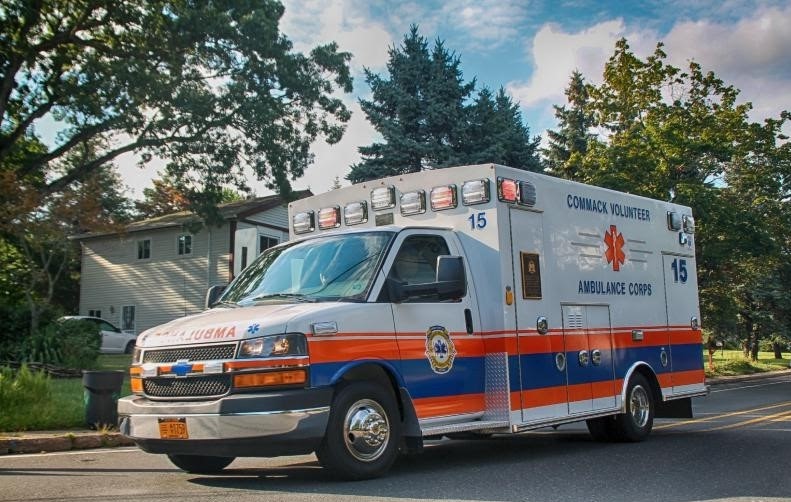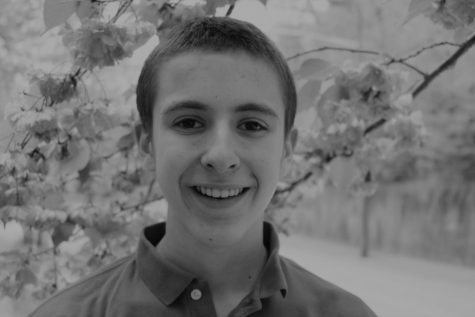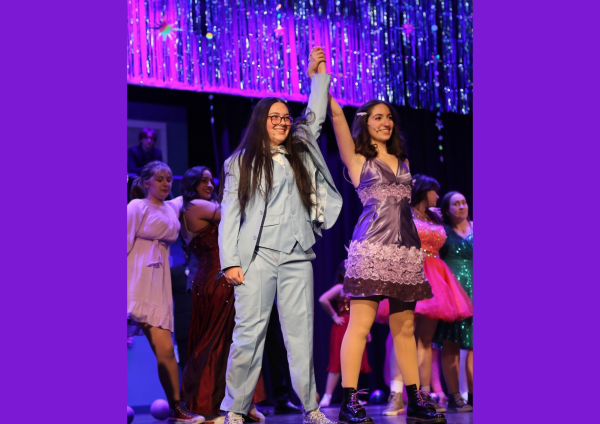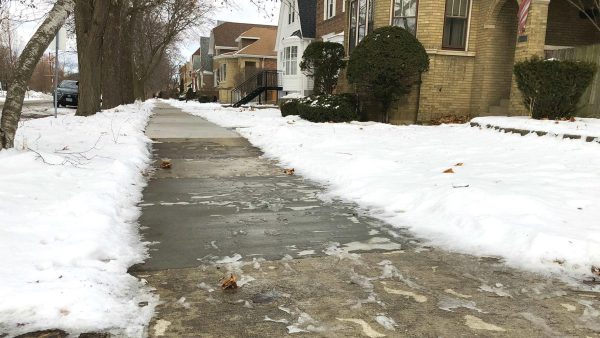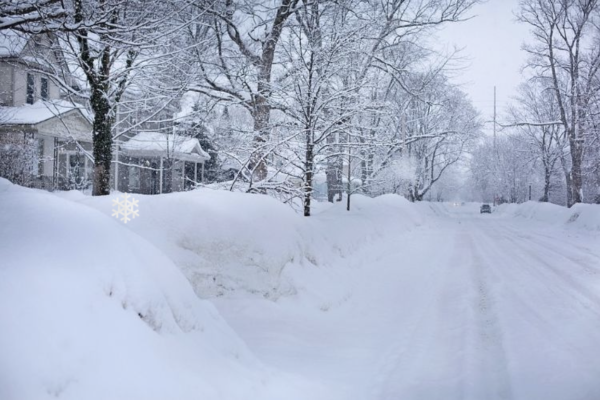Masks, Gloves, and a CPR Dummy: Becoming an EMT in the Age of COVID-19
One of the rigs from the Commack Volunteer Ambulance Corp during their 50th Anniversary celebration.
May 3, 2020
When I first considered becoming an EMT, my biggest concern was whether I’d have enough time for the class, which started in February. I wasn’t sure that I’d be able to commit to the requisite three-hour classes each Wednesday and Friday night.
That all changed at the onset of the COVID-19 pandemic.
An Emergency Medical Technician (EMT) is tasked with responding to medical emergencies and assessing and stabilizing patients before transporting them to a hospital. The reason they exist is the reason that I want to be one: to help those experiencing a medical emergency.
The outbreak of the deadly coronavirus has already claimed the lives of 22 EMS providers and a countless number of firefighters across the country. Now, responding to any call requires donning extra personal protective equipment (PPE), including masks and face shields, in addition to the usual attire of gloves and turnout gear. Due to the increased need for first responders, EMS students have been deemed “essential workers” in an attempt to create and maintain a consistent supply of EMTs. This designation includes myself and my classmates.
The 20 students in my class range from 17-year old high school students, to 40-year old members of law enforcement. Following the direction of Suffolk County EMS, the class, which meets at the Commack Volunteer Ambulance Corps (CVAC), has adopted new policies to keep students safe as we’re taught the steps to saving lives. Each night begins with separating the desks to be six feet apart, followed immediately by the distribution of masks, gloves, hand sanitizer, and disinfectant wipes. Then, half of the students take a laptop and travel to CVAC’s basement in order to comply with the Suffolk County EMS requirement that classes remain limited to 10 people per room.
On most nights, the class consists of academic lessons: learning the causes and effects of medical conditions, or the protocols for handling emergencies. Instruction becomes more complicated when the class moves from an academic function to a practical one. It’s easy to social distance when taking a test, but more difficult to when practicing taking someone’s blood pressure or engaging in CPR. Heavy disinfection mitigates the risks of transmission, but doesn’t completely eliminate the chances of infection.
The process of becoming an EMT has been substantially altered since the pandemic began, with viruses and PPE becoming a regular part of class discussions. But even as the risks remain high and the sacrifices increase, the sight of first responders throughout the pandemic has kept me returning week after week. Because no matter how many masks or gloves I wear, my motivation will always remain the same: to help those in need.

